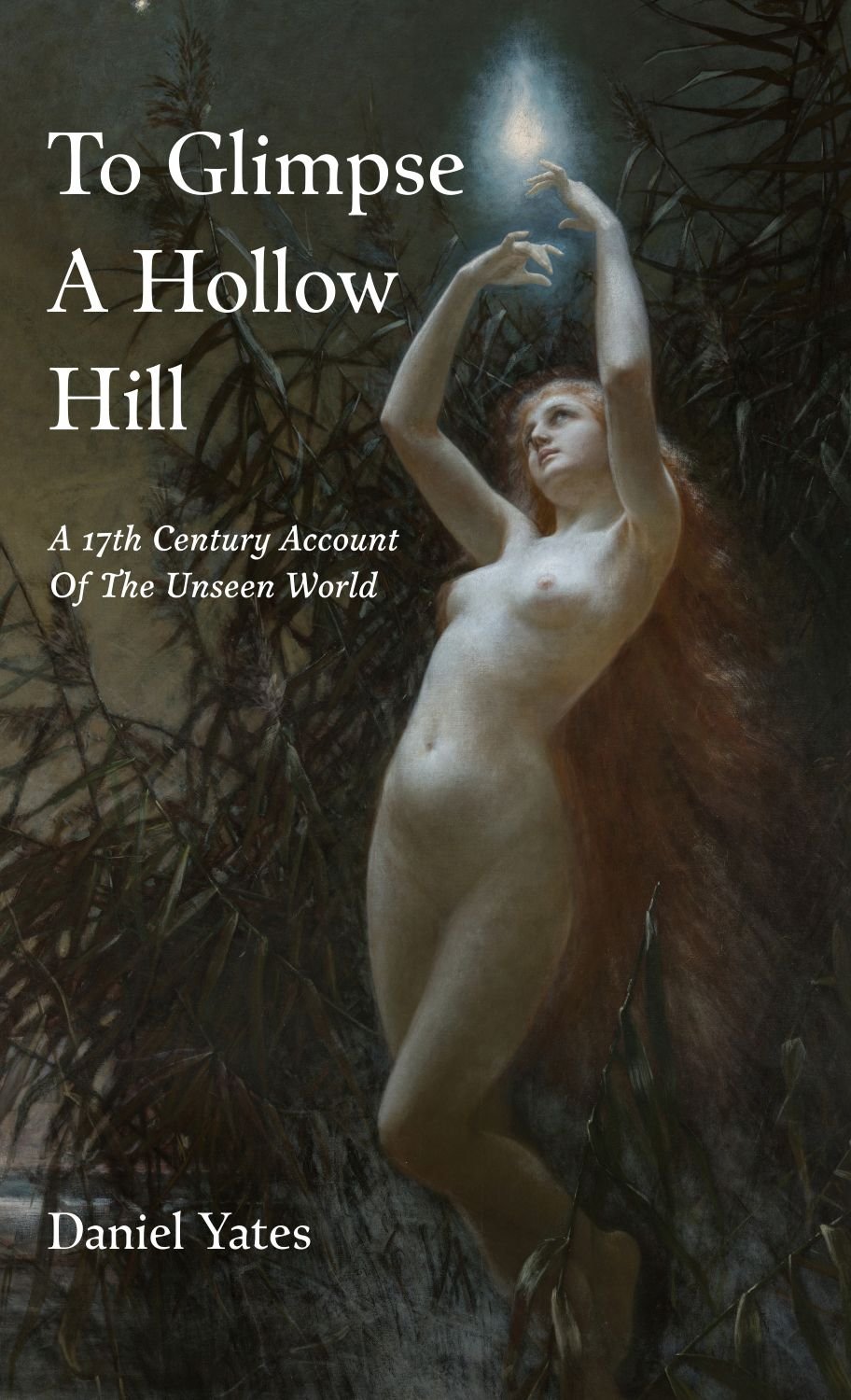
To Glimpse A Hollow Hill (forthcoming)
In To Glimpse a Hollow Hill, Yates presents, for the first time, the complete and unabridged text of The Secret Commonwealth in both its original form and a fully modernised version. This edition offers unparalleled insights and accessibility into Kirk’s work, alongside a comprehensive history of the manuscript’s transmission through time.
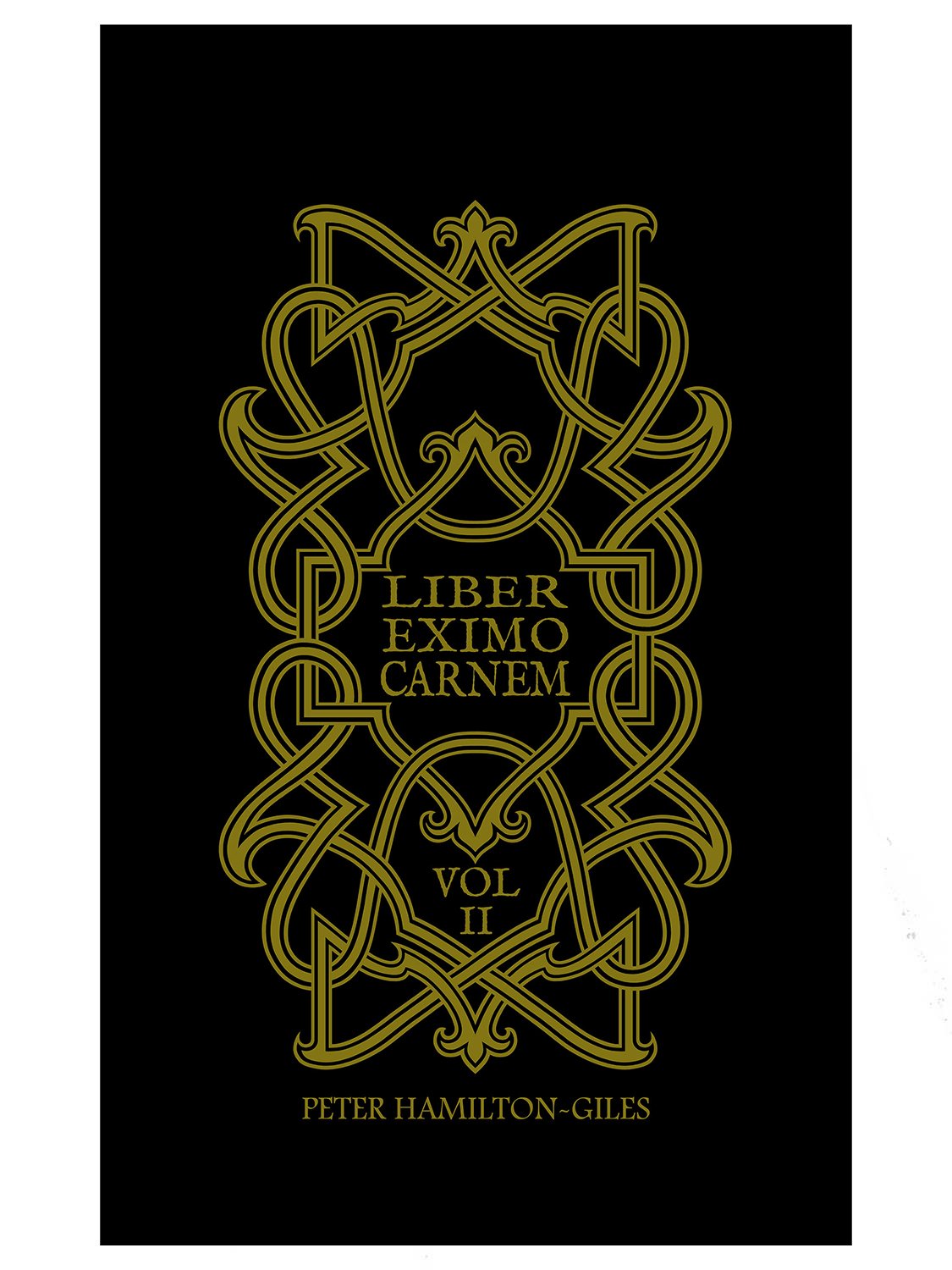
Liber Eximo Carnem: Volume 2 (forthcoming)
In Volume 2 of Liber Eximo Carnem: The Enchiridion for Summoning Familiars of the Proklosis Ring, the sorcerer continues to guide the initiand through a range of actions and interactions with the intention of gradually intensifying every point along the Proklosis Ring.

Aperi Circulus Draco
Codex Ad Limina marks a further expansion of themes addressed in Volume 2 of Book of the Black Dragon. In this volume the author delves into the role the Black Bull has as a totem for the sinistral horn daemon emissary.

Void Sorcery and the Dissolution of Self
The thinking behind wanting to explore this particular title came from the realisation that all magic is fundamentally obscured by physical presence, though it must also be said this is just one way of looking at the relationship.
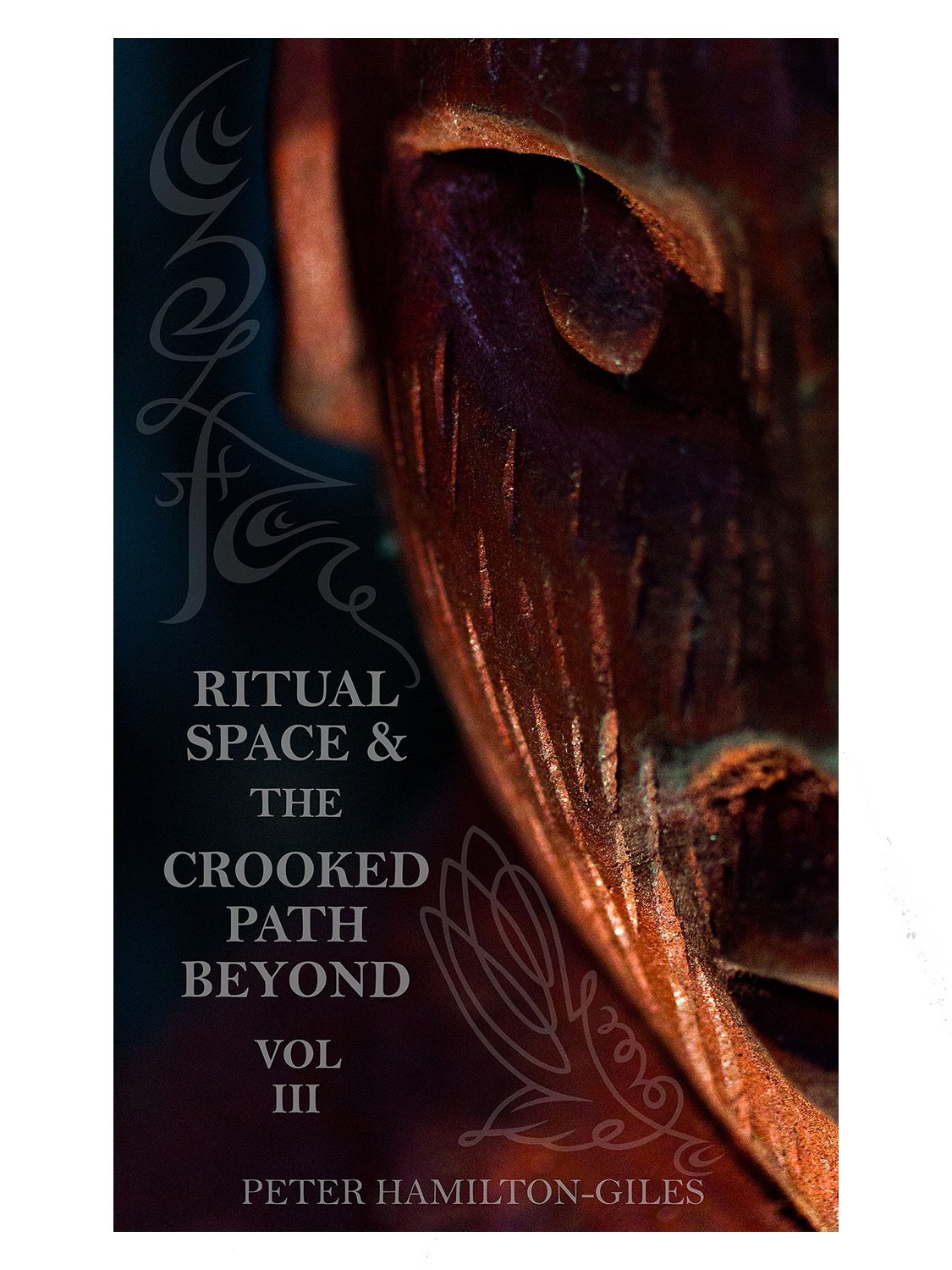
Ritual Space and the Crooked Path Beyond Volume 3
In this volume we endeavour to explore the relationship we have between a ritual space and our imagination. The premise upon which this book is built proposes a ritual space is demarcated through imagination, as it is this which leads to eventual spirit encounters.
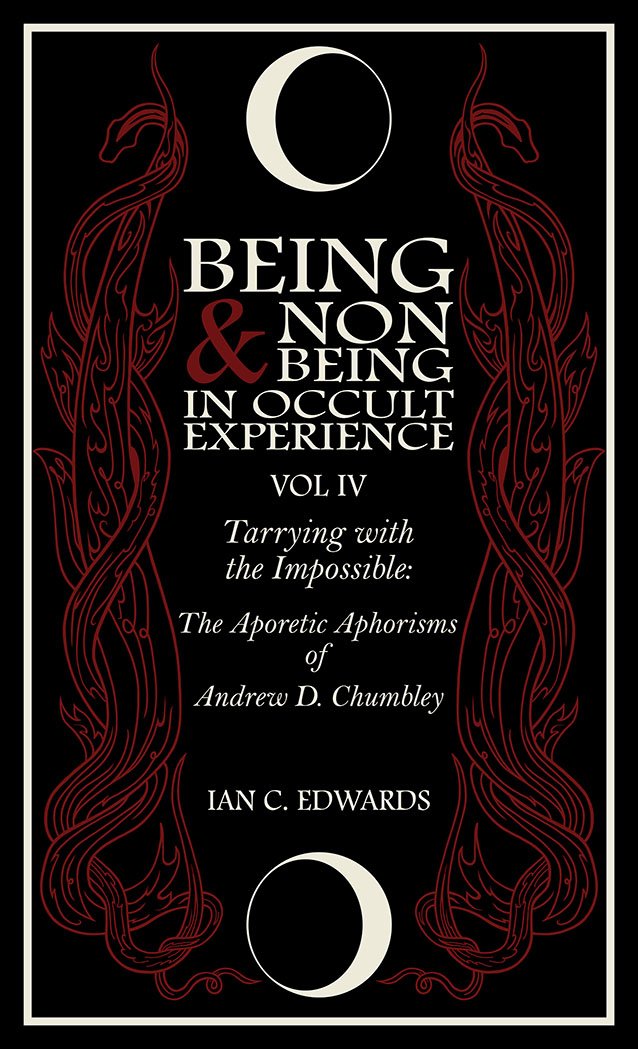
Being & Non-Being in Occult Experience Volume 4: Tarrying with the Impossible: The Aporetic Aphorisms of Andrew D. Chumbley
Tarrying with the Impossible: The Aporetic Aphorisms of Andrew D. Chumbley will explore the metaphysical impasses in Andrew D. Chumbley’s posthumously published, Khiazmos: A Book Without Pages. These metaphysical impasses can be best described as aporias, which defy the law of non-contradiction.

Terrors of the Night
This volume presents essays on the history of dreams and nightmares, in particular focusing on how these have been visualised; and how and why these visualizations change.
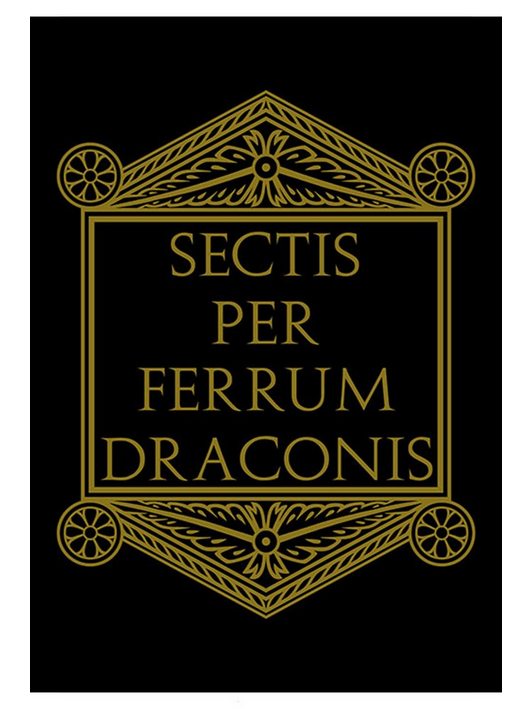
Sectis Per Ferrum Draconis
Accompanying the Liber Eximo Carnem, a small prayer book is presented to those who wish to walk into the grave of their own unmaking.

Liber Eximo Carnem
The primary focus is on crossing the threshold and the candidate being led blindfolded and bound to the chamber of his/her unmaking. Much of what is being written here relies on the vignette of becoming undone and therefore unmade.

Lilith, Gender and Demonology
Lilith is a female figure in Mesopotamian and Judaic mythology, alternatively the first wife of Adam and supposedly the primordial she-demon. Lilith is cited as having been "banished" from the Garden of Eden for not complying and obeying Adam.

Friedrich Nietzsche and the Left Hand Path
For the seeker of truth, an encounter with tragedy and the innermost abyss is inevitable. An unrepentant spirit of liberating self-analysis edifies Friedrich Nietzsche’s philosophy and in doing so establishes it as a foundation for religious, moral, and political antinomianism, anarchy, and dissent.
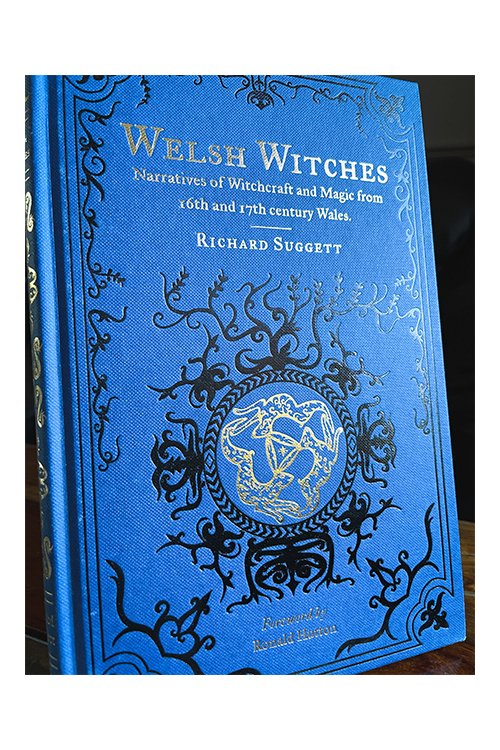
Welsh Witches
Spanning two turbulent centuries, Welsh Witches is a stark snapshot of religious madness in a land that was comparatively tolerant of (if not indulgent toward) healers and cunning folk at the time.

Vestigia Ater Draconis
Vestigia Ater Draconis is comprised of a 52 stanza incantation reifying the initiatory path issued from the auspice of the sinistral horn, scribed by Peter Hamilton-Giles. Each stanza is paired with an emission of imagic intent wrought by the hand of Carolyn Hamilton-Giles.

Ritual Space and the Crooked Path Beyond Volume 2
Volume 2 of Ritual Space and the Crooked Path Beyond contends absence has a causal effect on how a ritual space is constructed.

Codex Ad Limina
Codex Ad Limina marks a further expansion of themes addressed in Volume 2 of Book of the Black Dragon. In this volume the author delves into the role the Black Bull has as a totem for the sinistral horn daemon emissary.

Ritual Space and the Crooked Path Beyond: Volume 1
The topic of ritual space is something that many of us are involved with, we may feel entrenched, or that we have succumbed to unspoken forces, we may on the other hand use it to express belonging while at the same time propitiating our sense of Otherness, and yet dynamics informing how we apprehend ritual space have for the most part gone unnoticed.

The Baron Citadel
The Baron Citadel sets out preparatory rituals leading up to the making of the Crossroads. Unlike any other working text, this grimoire also engages with introspective contours for optimising successive ambulatory steps across various stakes (points).

Book of the Black Dragon Vol. 2: The Headless One
Taking the idea of absence as discussed in previous volumes, the point for this volume focusses on the sinistral horn, this being the left horn of the Black Dragon. Returning then to similar themes mentioned in Volume 1, having already addressed the notion of the ritual ground as defined by Codex Althaeban Malik, allows the Headless One to pursue the idea of becoming detached.

Codex Althaeban Malik
Codex Althaeban Malik is perhaps considered the most complicated book in the Black Dragon series so far. It addresses three primary issues, the idea of the Proklosis Ring as the open ground, the distribution of the first sorcerer’s name upon the ground as an emblem of intent, and the extending of points by using each letter to traverse lines of intersection as a way of communicating with the shadow of ourselves Althaeban Malik.

Book of the Black Dragon Volume 1
Setting the stage for the Black Dragon began by discussing the context in which the Black Dragon is encountered. Using the same schema as the one used in the Dragon Book of Essex, the written word moves across ‘power’ points or crossroads, these being body parts of the Black Dragon.
